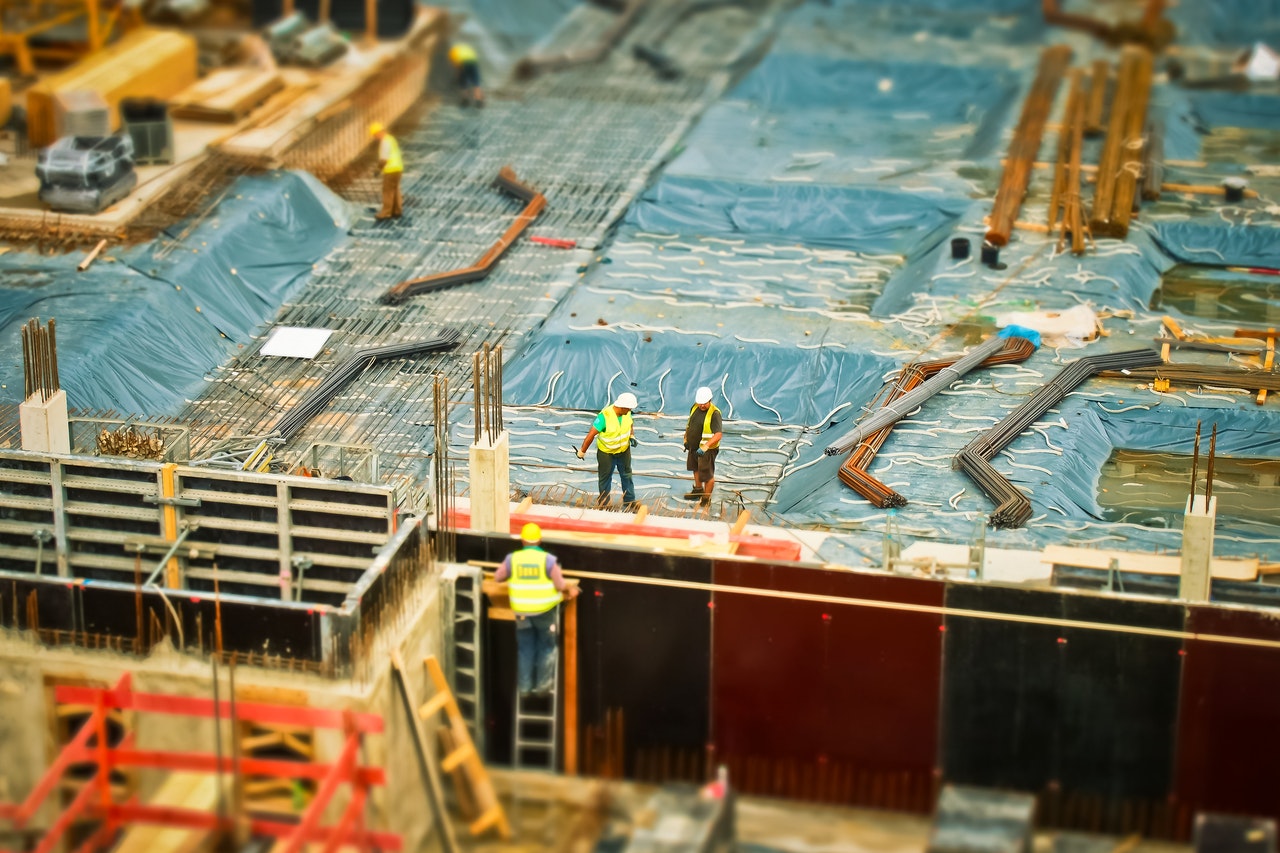Working at Heights – Extension Ladders
Working at Heights – Extension Ladders

Explain dangers
Extension ladders can be dangerous tools.
Workers have been killed and injured from falls and powerline contact.
Identify controls
• Choose the right ladder for the job. On a construction project, it must meet the requirements of a Grade 1, Grade 1A, orGrade 1AA ladder under CSA Z11-12: Portable Ladders. Also, it must be long enough to:
– be set up at a safe angle
– extend 90 cm (3 ft) beyond the top landing.
• A two-section extension ladder should be no longer than 15 m (50 ft); a three-section ladder should be no longer than 20 m (66 ft).
• Check the ladder for damage or defects:
– before you set it up
– after it has been used somewhere else by other workers
– after it has been left somewhere for a long time.
• Set the ladder on a firm, level base. If the base is made of soft, loose, or wet material, clear it away or stand the ladder on a mud sill.
• Set the ladder on a firm, level base. If the base is made of soft, loose, or wet material, clear it away or stand the ladder on a mud sill.
• Never erect extension ladders on boxes, carts, tables, or other unstable objects. Never stand them up against flexible or movable surfaces.
• Set the ladder up at a safe angle—one foot out for every three or four feet up, depending on length.
• When the ladder is set up, there should be a clear space of at least 15 cm (6 in) behind each rung for the front of your foot to fit.
• When the ladder is fully extended, sections must overlap at least 90 cm (3 ft).
• Stand no higher than the fourth rung from the top.
• Don’t carry tools, equipment, or material in your hands while climbing. Use a hoist line or gin wheel for lifting and lowering.
• Tie off or otherwise secure the top and bottom of the ladder. Keep areas at the top and bottom clear of debris, scrap, material, and other obstructions.
• Clean mud, snow, and other slippery substances off your boots before climbing.
• When climbing up or down, always face the ladder and maintain 3-point contact.
• Be very careful when erecting extension ladders near live overhead powerlines. Never use metal or metal-reinforced ladders near
electrical wires or equipment.
• Wherever possible, use extension ladders only for access, not as work platforms.
• When you must work from a ladder more than 3 m (10 ft) off the ground, wear a safety harness and tie off to a well-anchored lifeline or other support—not to the ladder.
Demonstrate
Use an extension ladder to demonstrate the controls to your crew as you talk.
For more information, visit the website.
